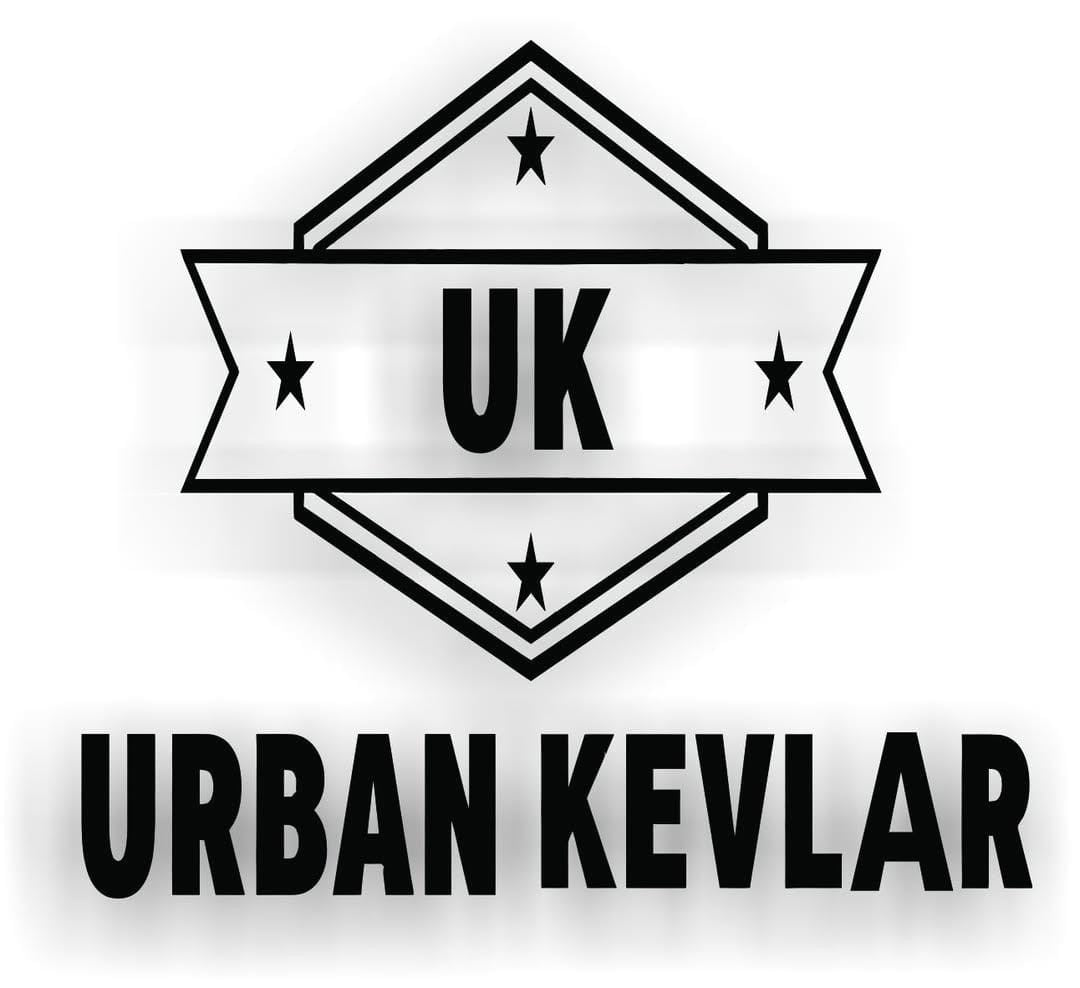Leather, with its timeless appeal and rich history, has been an integral part of human civilization for centuries. From ancient civilizations to modern-day fashion runways, leather has held a prominent place in the world of craftsmanship, luxury, and style. Its versatility, durability, and natural elegance make it a coveted material across various industries, including fashion, furniture, and automotive. In this article, we delve into the origins of leather, the intricate craftsmanship behind its production, and the evolving narrative of sustainability within the leather industry.
The Origins and Evolution of Leather:
 The story of leather dates back thousands of years, with evidence of its use found in ancient civilizations such as Egypt, Mesopotamia, and China. Historically, leather served multiple purposes, from clothing and footwear to armor and accessories. Its durability and malleability made it a preferred material for protection and adornment, signifying status and power in many cultures.
The story of leather dates back thousands of years, with evidence of its use found in ancient civilizations such as Egypt, Mesopotamia, and China. Historically, leather served multiple purposes, from clothing and footwear to armor and accessories. Its durability and malleability made it a preferred material for protection and adornment, signifying status and power in many cultures.
Over time, the art of tanning and treating animal hides evolved, leading to the development of various techniques and styles, including vegetable tanning, chrome tanning, and synthetic tanning. Each method imparts distinct characteristics to the leather, offering different textures, colors, and levels of durability. Modern technological advancements have further refined these techniques, allowing for greater precision and consistency in leather production.
Craftsmanship and Artistry in Leatherworking:
The process of transforming raw animal hides into luxurious leather products is an intricate art that requires skill, precision, and patience. Skilled artisans meticulously handle each step of the production process, from the initial curing and tanning to the final finishing and dyeing. Handcrafted leather goods embody a sense of artistry and individuality, with each piece reflecting the dedication and expertise of the craftsman.
The world of leatherworking encompasses a wide array of specialties, including saddle making, shoe crafting, and luxury bag design. From the precision stitching of a bespoke leather jacket to the intricate tooling on a Western saddle, artisans infuse their creations with a blend of tradition and innovation, preserving the legacy of their craft while embracing contemporary design trends.
Sustainability and Ethical Practices in the Leather Industry:
As environmental awareness continues to shape consumer preferences, the leather industry has undergone significant changes to prioritize sustainability and ethical practices. Efforts to reduce the environmental impact of leather production include the adoption of eco-friendly tanning processes, the promotion of responsible sourcing, and the implementation of waste reduction strategies.
Some tanneries have shifted towards vegetable tanning, which utilizes organic materials and natural tannins, minimizing the use of harmful chemicals. Additionally, the concept of upcycling and repurposing leather scraps has gained traction, allowing for the creation of eco-conscious products and minimizing material waste.
Ethical practices within the industry emphasize responsible animal husbandry and sourcing, ensuring that leather production aligns with animal welfare standards. Transparency in the supply chain has become a focal point for consumers, encouraging brands to provide clear information about the origins of their leather and their commitment to ethical treatment of animals.
Leather in Contemporary Culture and Fashion:
In the contemporary fashion landscape, leather remains a symbol of luxury, sophistication, and individual style. Designers continually reimagine leather's aesthetic possibilities, creating avant-garde silhouettes, experimental textures, and innovative applications across clothing, accessories, and footwear. The timeless appeal of leather transcends trends, making it a staple in both classic and cutting-edge fashion collections.
Beyond fashion, leather's influence extends to interior design and home furnishings, where its warmth, durability, and natural beauty enhance the ambiance of living spaces. From elegant leather sofas to handcrafted leather-bound books, the material's tactile appeal adds a touch of refined comfort and understated elegance to any environment.
Embracing the Timeless Allure of Leather:
In the dynamic world of materials and textiles, leather maintains its allure, offering a blend of tradition, craftsmanship, and contemporary appeal. Its inherent durability and luxurious feel make it a cherished medium for creating enduring pieces that stand the test of time. With a renewed focus on sustainability and ethical practices, the leather industry is evolving to meet the demands of conscious consumers while preserving the essence of this timeless material.
As we continue to appreciate the artistry and legacy of leatherworking, let us also embrace a collective responsibility to support sustainable practices and ethical standards within the industry. By honoring the heritage of leather and fostering a culture of environmental consciousness, we can ensure that this cherished material continues to enrich our lives for generations to come


